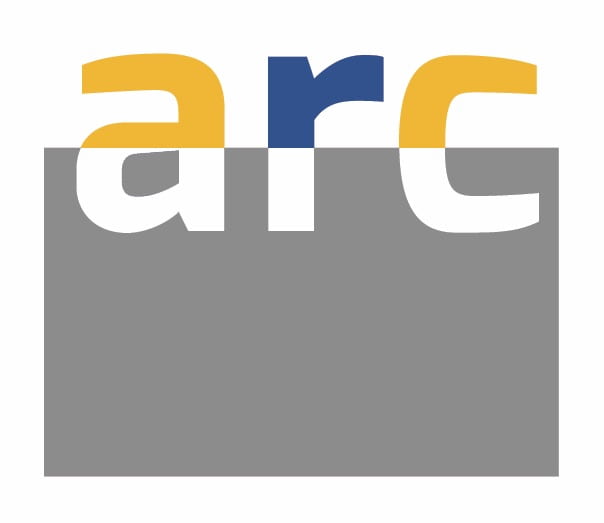Explore all of our active faculty research initiatives on our Projects page. See our affiliated lab partners on campus at UC Santa Cruz on our Affiliated Research Labs page. Find funding opportunities for your research as a UC Santa Cruz undergraduate or graduate student on our Funding page.
